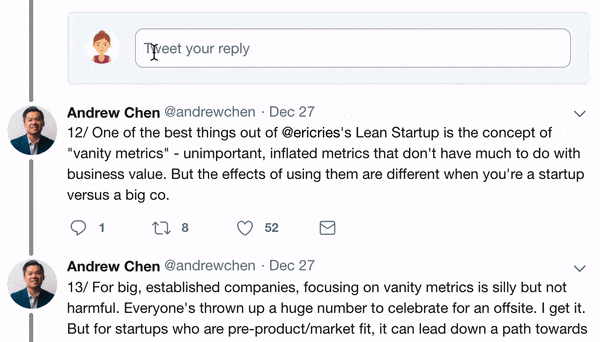
Note the 40D is a DSLR from 2007, over 14 years ago.
Your prosumer camera and even lower-tier lenses were unimaginable when I was getting into photography.
Your prosumer camera and even lower-tier lenses were unimaginable when I was getting into photography.

The biggest advancement in sensors in my mind has been low-light performance. It's just unimaginable how clear night photography has become. This was as good as I could get it in 2009. (South Silicon Valley as seen from turnoff near Lick Observatory, 40D 24-105 f/4) 

Point a 50mm f/1.8 at anything and you'll look like a pro lol. (Unedited photos except for small contrast pump)



https://twitter.com/DustinFinn/status/1455366839941410817



Now that smartphone cameras are so good, what a dedicated camera really gets you is deep zoom and bokeh. I had no idea what I was looking for and no plan when I took my camera to a car wash. Just start shooting interesting patterns and viewpoints. 

• • •
Missing some Tweet in this thread? You can try to
force a refresh




